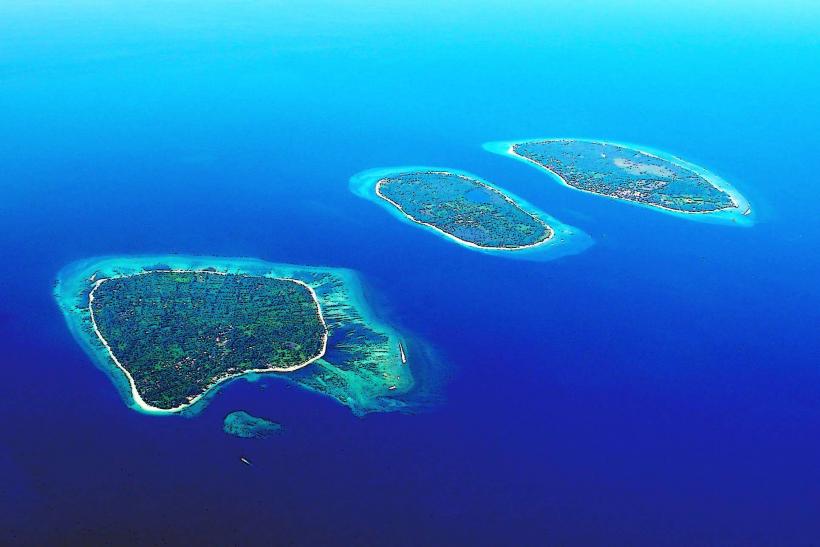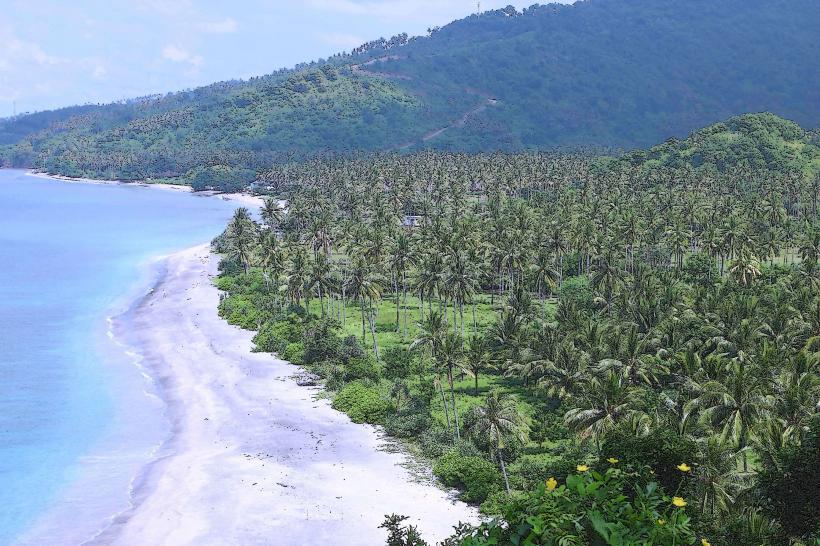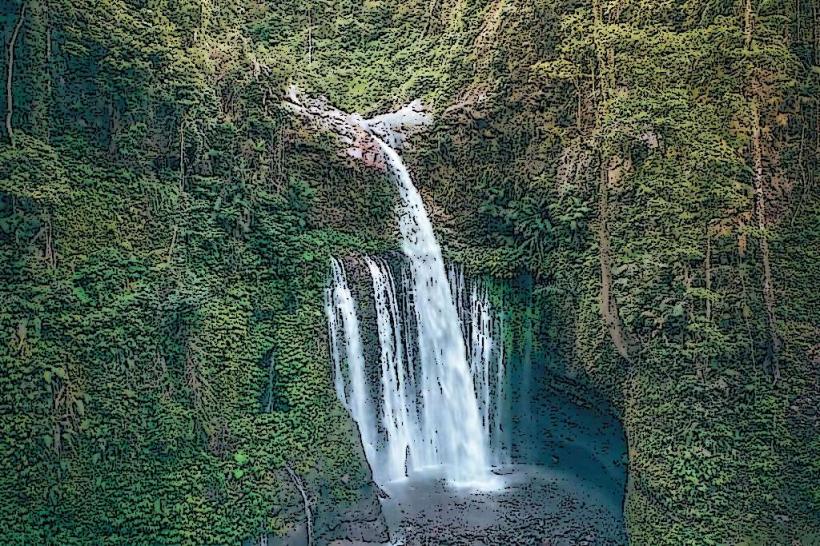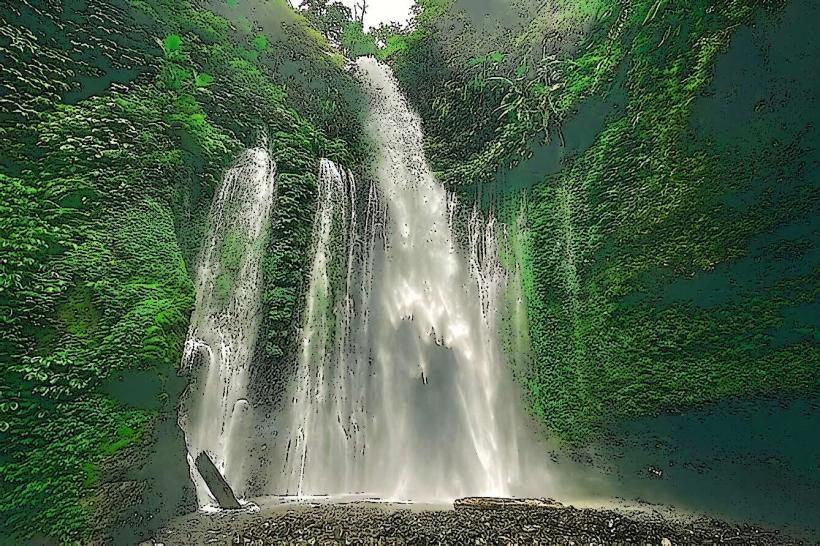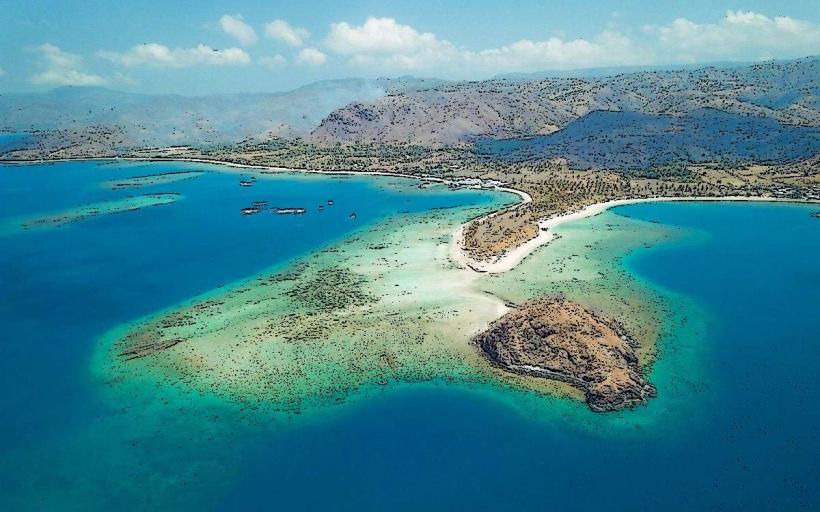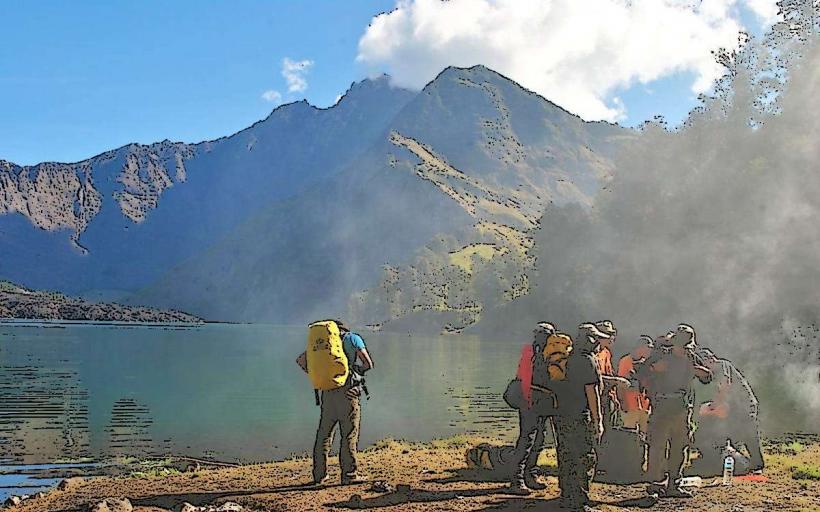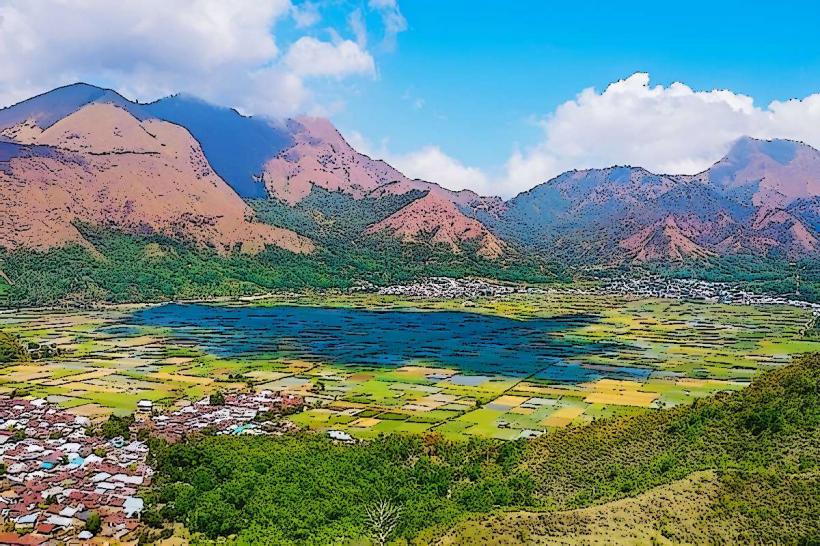Information
Landmark: Mount RinjaniCity: Lombok
Country: Indonesia
Continent: Asia
Mount Rinjani is an active stratovolcano located on the island of Lombok in Indonesia. It stands as the second highest volcano in Indonesia, with a height of 3,726 meters (12,224 feet) above sea level. The mountain is a part of the larger Sunda Arc, which is formed by tectonic activity along the Pacific Ring of Fire.
Key Features of Mount Rinjani:
Crater Lake (Segara Anak):
- At the summit of Mount Rinjani is a massive crater, within which lies a caldera lake called Segara Anak. This lake, which translates to "Child of the Sea," is about 2 kilometers long and 1.5 kilometers wide. It is considered a sacred place by the local Sasak people, and there are also hot springs near the lake.
Volcanic Activity:
- Rinjani has been erupting for centuries, though its most recent significant eruptions occurred in 2010, 2015, and 2016. The volcano is known for its eruptions that have shaped the surrounding landscape.
Trekking and Hiking:
- Mount Rinjani is a popular trekking destination, drawing hikers and adventure tourists from around the world. The trek typically takes 2 to 4 days, depending on the route. Hikers often aim to reach the summit or the crater lake, with the trail offering breathtaking views of the surrounding countryside and beaches.
Flora and Fauna:
- The mountain's slopes are home to various ecosystems, ranging from tropical rainforests to alpine meadows. The Rinjani National Park, established in 1997, protects the biodiversity of the region. It is home to unique species, such as the Rinjani Scops Owl and a variety of monkeys, including the long-tailed macaque.
Cultural Significance:
- Rinjani holds immense cultural and spiritual significance to the indigenous Sasak people. They believe the mountain is sacred, with the gods residing on the summit. Pilgrimages are made to the crater lake, and the locals often conduct rituals to honor the spirits of the mountain.
Rinjani National Park:
- The mountain is part of the Rinjani National Park, a UNESCO Biosphere Reserve. This park is not only known for its natural beauty but also for its efforts in conservation and the promotion of sustainable tourism.
Volcanic Hazards:
- As an active volcano, Mount Rinjani poses a hazard to nearby settlements. The 2010 eruption, for example, caused widespread ashfall and forced the evacuation of thousands of residents. The region is regularly monitored by Indonesia's Volcanology and Geological Disaster Mitigation Center (PVMBG).
Accessibility:
- Starting Point: The main trekking routes to the summit and crater lake start from several villages, including Senaru and Sembalun. The journey to the summit is often divided into overnight camping trips.
- Trekking Difficulty: The trek is considered challenging, with steep inclines, difficult terrain, and the need for proper gear. However, it is accessible to experienced hikers.
Conclusion:
Mount Rinjani is not just a natural wonder, but also a symbol of Indonesia's geological and cultural richness. It is a significant destination for eco-tourism, hiking, and volcanic studies, offering a unique combination of natural beauty, cultural heritage, and adventure.

